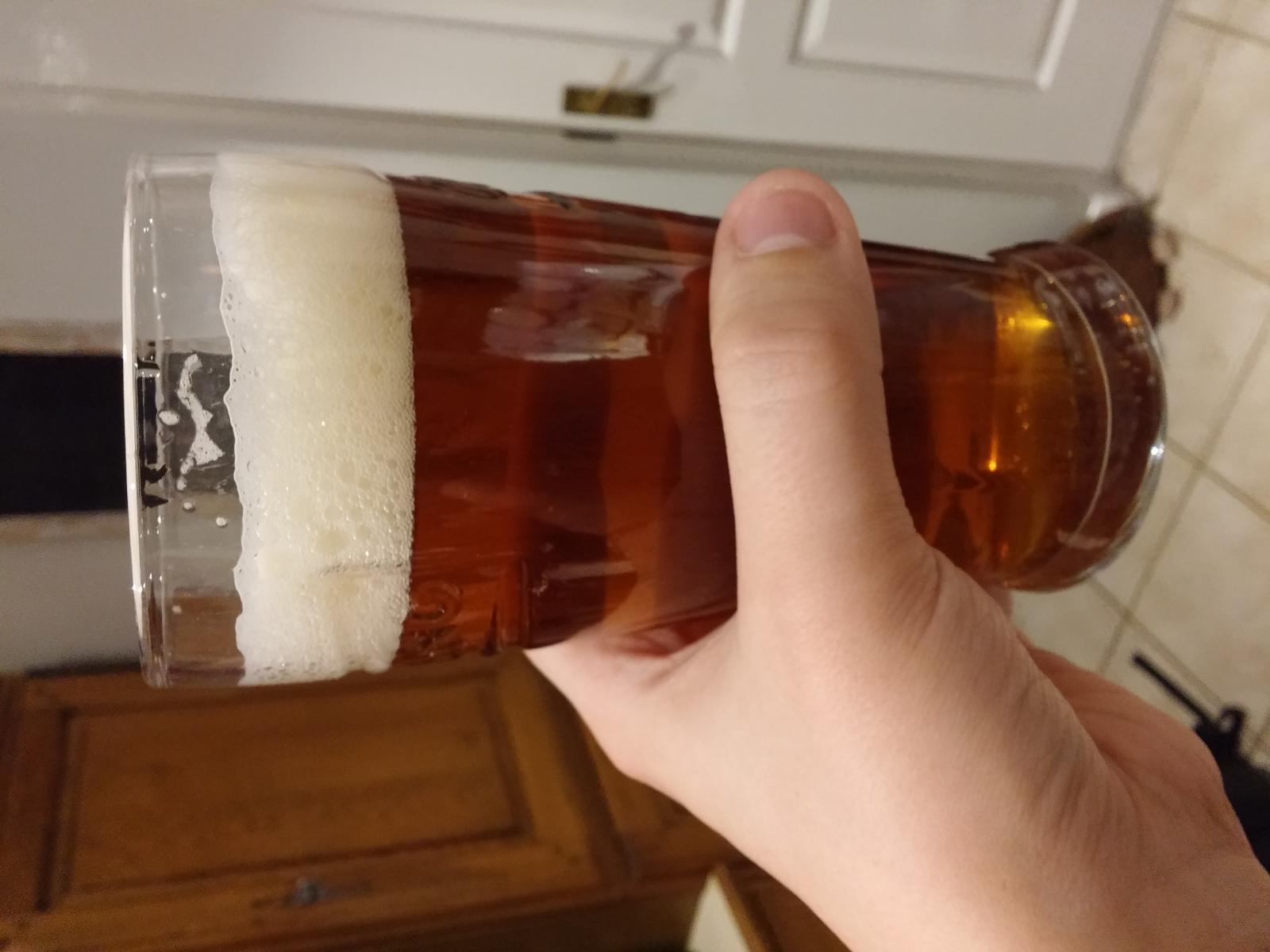Hi,
Just completed first ever homebrew, overall really impressed but I have a few questions that I hope you can answer
First of all it was a extract kit, golden ale. It was fermented for 9 days (as per instructions) then bottled and left for 3 weeks. Followed all instructions to the word.
For the first brew I was really impressed but:
1. There was still a slight yeasty flavour to the beer, how can this be eradicated?
2. Head retention wasn't amazing, after around half a pint the head had gone. How can head retention be improved?
Any help would be great!
Just completed first ever homebrew, overall really impressed but I have a few questions that I hope you can answer
First of all it was a extract kit, golden ale. It was fermented for 9 days (as per instructions) then bottled and left for 3 weeks. Followed all instructions to the word.
For the first brew I was really impressed but:
1. There was still a slight yeasty flavour to the beer, how can this be eradicated?
2. Head retention wasn't amazing, after around half a pint the head had gone. How can head retention be improved?
Any help would be great!




















































![Craft A Brew - Safale S-04 Dry Yeast - Fermentis - English Ale Dry Yeast - For English and American Ales and Hard Apple Ciders - Ingredients for Home Brewing - Beer Making Supplies - [1 Pack]](https://m.media-amazon.com/images/I/41fVGNh6JfL._SL500_.jpg)










